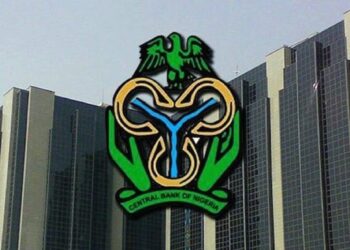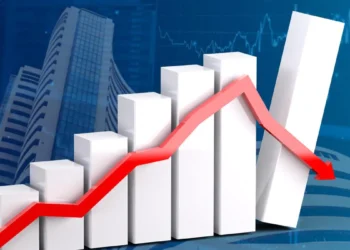The U.S. job market’s trajectory through September holds significant implications for Federal Reserve officials as they contemplate the possibility of another interest rate increase this year. An eagerly awaited U.S. employment report, set to be released on Friday at 8:30 a.m. (1230 GMT), will provide fresh insights into the labor market’s performance, excluding any influence from the United Auto Workers strike that took place after the survey period.
Economists, as surveyed by Reuters, anticipate that the economy added approximately 170,000 positions in September. This figure represents a modest increase from the average monthly addition of 150,000 jobs observed over the preceding three months. Furthermore, economists predict a marginal decrease in the unemployment rate, falling from 3.8% to 3.7%.
In conjunction with an unexpected surge in job openings during August, this data could potentially leave the Federal Reserve’s policy deliberations inconclusive. The U.S. economy continues to outperform expectations with above-trend growth, even as economists project a modest slowdown later in the year.
During its September meeting, the Federal Reserve opted to maintain the target federal funds rate within the existing range of 5.25% to 5.5%. The next meeting is scheduled for October 31 to November 1.
Nancy Vanden Houten, the lead U.S. economist at Oxford Economics, expressed the view that the Federal Reserve may be looking for more evidence of cooling labor market conditions than what is currently expected. She predicts the addition of 180,000 jobs in September, a slight dip from the 187,000 added in August but still in close alignment with the monthly average recorded from 2010 to 2019 before the pandemic.
Vanden Houten also noted that wage gains are expected to be somewhat stronger in September compared to the previous month.
Despite widespread market expectations that the Federal Reserve will refrain from raising rates further, the strong job market performance has defied earlier predictions that multiple rate hikes over the past year and a half would dampen demand, economic growth, and hiring.
This summer marked the first substantial evidence of a cooling labor market, with the three-month average job gains declining from over 330,000 in January to 150,000 for the period from June through August. Wage growth has also exhibited a deceleration.
Federal Reserve officials examining the details have discovered increasing confidence that the labor market, previously characterized by limited participation and significant resignations during the pandemic, is normalizing. Key indicators such as quit rates have returned to near pre-pandemic levels, and the ratio of jobs available per unemployed individual has declined considerably.
Moreover, data released since the September Federal Reserve meeting indicates that underlying inflation is slowing even faster than initially projected by policymakers, potentially altering the outlook for another quarter-point rate hike by year-end.
The September U.S. employment report will be closely watched by financial markets and policymakers alike as they assess the path of monetary policy for the remainder of the year.











